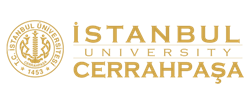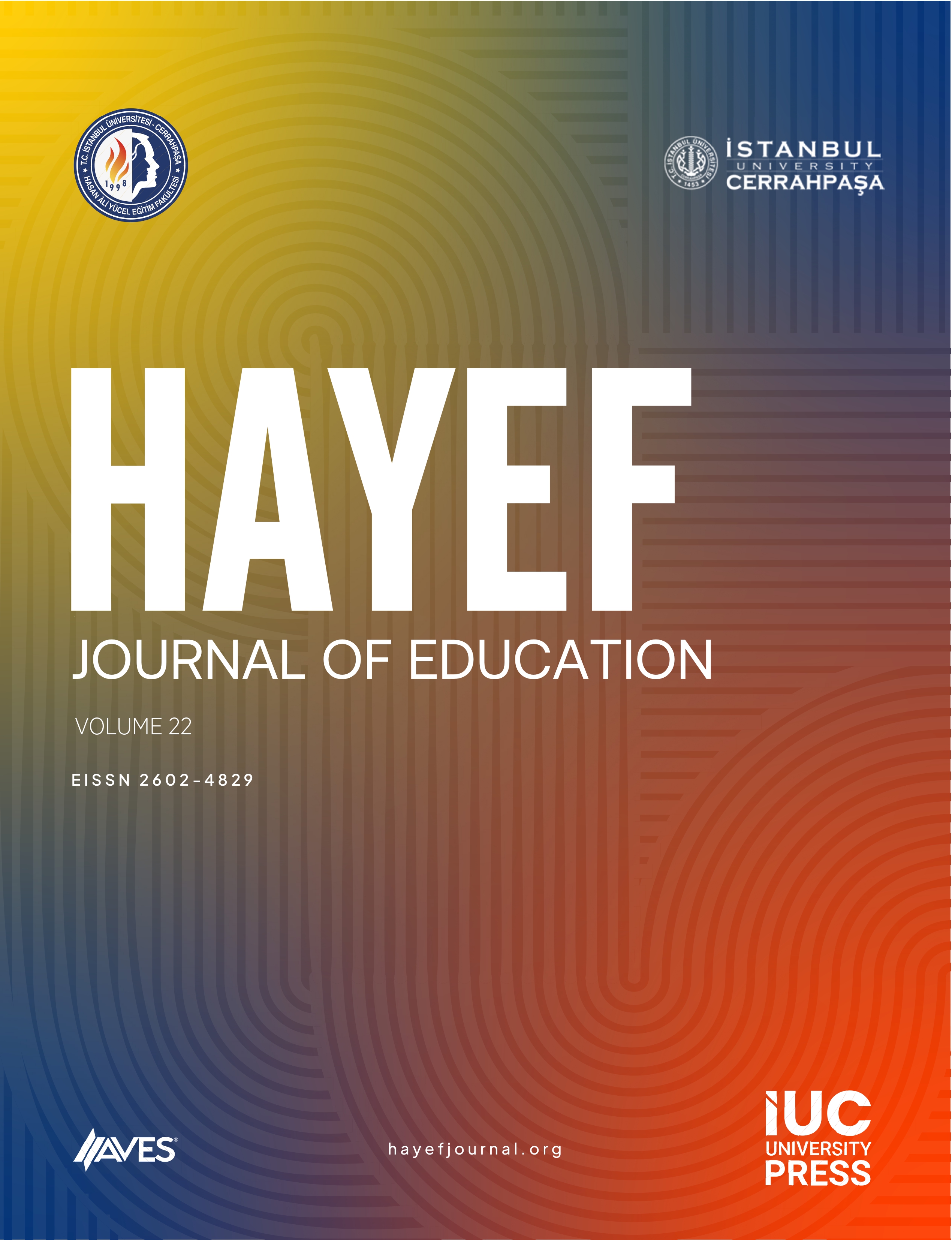The aim of this study is to conduct a cross-linguistic exploration of tense and modality across two distinct accounts of the same mythological tale (of Hercules’s 12 Labors) as retold by Edith Hamilton (in English) and Azra Erhat (in Turkish) and to investigate how the variation in the use of these elements in narration has influenced the construction and positioning of the ‘hero’ with regard to factuality/ counter-factuality of the subject as well as the other emergent features of it. Regarded among the main semantic-grammatical categories of language, tense and modality mark the event reconstructed in narration in terms of its time and propositional status, respectively. Despite a lack of consensus on the definitions of related terminology, a commonly agreed view on the functions of modality emphasizes that modality expresses the author’s subjective commitment to the event, carrying the event to the realms of irrealis. Growing interest and extended debates on the subject has aroused a need for further evidence on how these categories work in narrations across different languages and how they may be valued in language teaching. To this end, the current study undertakes a contrastive linguistic analysis of tense and modality in two texts identifying the sets of verbs and adverbs used by two different authors to depict the same labors of Hercules. The results indicate to a divergence in the emergent images of the hero, one being a flawless and unmatchable subjectivity located within the borders of factuality and the other a humanized person in counter-factuality. From this, suggestions on how to utilize such contrastive linguistic studies to raise the awareness of language learners towards the functions of tense and modality is also addressed.



